Introduction
If you truly want the youngest-looking skin possible, it’s crucial to remember this, whatever your age: Your skin can be likened to a billboard for your overall health.
If you have naturally beautiful skin, you’re likely also in good health. More specifically, you likely have a strong immune system, which is key to your longevity. If you don’t, the opposite is also likely true: there’s a good chance that your immune system could use a boost.
And if you truly want the youngest-looking skin possible (and a strong immune system, too), it’s also crucial to remember this: What you put in is what you get out.
In other words, what you feed your body – through your mouth, through your skin, through your lifestyle choices – will make or break how healthy and vibrant your skin looks, how healthy you are, and how long you live.
You see, many people tend to think of the skin as something separate from the rest of their bodies, something to experiment on with different products that can be loaded with toxic and otherwise questionable ingredients.
However, these same people would shudder at the thought of conducting such experiments on their brains, hearts, lungs, kidneys, and other organs.
And yet…
AVOID THE DOUBLE-WHAMMY
Your skin is actually an organ. In fact, it’s the largest organ of your body, with a surface area of around 22 square feet, and consisting of about 16 percent of the total body weight of the average adult.
And while everyone knows that one role of the skin is to keep everything on the inside, well, on the inside...
What many people don’t realize is that skin plays a vital first-defense role in your immune system. It acts as a permeable barrier, meaning it keeps water and nutrients in, while keeping harmful bacteria and many other toxins out. Skin even has its own “microbiome,” or community of healthy microorganisms who assist in this defensive role and in keeping your skin and the rest of you healthy.
However, it’s important to note that the exterior of your skin isn’t a complete barrier; chemicals put on it can and do penetrate the skin and can enter the bloodstream. (That’s why, when medical professionals want to administer fast-acting medications, they often use transdermal medications, such as heart patches or nicotine patches to help quit smoking.)
Now, for virtually everyone today, the skin’s first-defense role against pathogens is already “overtaxed,” to put it lightly. That’s because, due to modern day lifestyles, it’s battling more toxins than ever, from surfaces it comes into contact with to the air around us that it’s constant contact with. (And, as you’ve likely heard, the air inside our homes – where people spend an average of 90% of their lives – is now typically far more polluted than the outside air.)
So, when you do feed your skin synthetic and toxic ingredients – such as those found in so many cosmetics and personal care products today, even those claiming to be “organic” – it really is a double whammy.
Because, first of all, your already-overburdened skin now has to try to do battle with the toxins in those cosmetics and personal care products. That can mean it has less “fight” available against other toxins, allowing more bad viruses, bacteria, and other pathogens into your body.
Second, because so many of the synthetic and toxic ingredients in cosmetics and personal care products are designed to penetrate your skin, that means they enter your body and can enter your bloodstream. And because cosmetics and personal care products are used so frequently, they can accumulate in the body and further challenge an already-compromised immune system, wreak havoc on hormones, lead to many other serious health issues, and cause early aging.
The bottom line?
While many people don’t think of it this way, cosmetics and personal care products are FOOD. When you’re pushing a grocery cart down the cosmetics aisle in a store, you are pushing it down a food aisle.
And, in the same way you are conscientious about the foods you do and do not allow into your mouth, you need to be just as conscientious about the foods you feed your body via your skin.

THE GREAT NEWS AND ONE BIG QUESTION
While some people have been conditioned to almost feel guilty about wanting to look younger, the blunt truth is that due to various lifestyle choices – such as using cosmetics containing synthetic ingredients – many people today have skin that actually does look far older than it should.
In other words, it’s not about trying to look like you’re 21 if you’re 52. It is about trying to achieve the youngest-looking skin you can and should have.
And the great news is that is very possible -- and quickly -- because your skin is highly receptive to positive change.
When you make healthy changes, your “billboard for your overall health” is, relative to many other aspects of the body, rather quick to respond kindly by looking better and better!
Now, because an overall healthy you really is one and the same with your overall most beautiful skin, the same smart choices that help your health will help your skin. This includes, for example, avoiding excess sugar and processed foods and eating more whole foods, especially vegetables. It includes proper hydration, ample exercise, and taking action to address anxiety and depression.
However, for your overall health and to achieve your youngest-looking skin, here’s the BIG QUESTION for you…
How much attention do you really pay to what you’re feeding your skin, and, therefore, your body?
WHY YOU MUST WATCH OUT FOR YOURSELF ON THIS ONE
In the European Union and other countries, over 1,400 chemicals have been banned from cosmetics and personal care products. In the United States, only 11 have been banned. This means in the United States, well over 1000 chemicals are allowed in products that people feed their skin that have raised enough toxicity concern elsewhere to be flat-out prohibited, including over 200 possible endocrine-disrupting compounds.
And get this…
Each day, the average American woman uses a dozen different makeup, cosmetic, and other personal care products which contain an average of nearly 170 ingredients.
Yes, considering how mainstream and “poser organic” cosmetics and personal care products still dominate the market, so many of those 170 ingredients are synthetic and toxic.
Now, for anyone who assumes the US government must be watching out for them to some extent on this front, know this: The cosmetics and personal care products industry is one of the most unregulated in the US. Way back in 1938, the FDA mandated that the cosmetics industry should just regulate itself – which has led to the “Wild West” situation today when it comes to so many carcinogenic, endocrine-disrupting, and otherwise toxic chemicals being used.
Know this, too: Many of the chemicals used have not been adequately tested at all, especially for their longer-term effects. Even more concerning, there’s been almost NO testing on the health effect when two or more chemicals commonly found in many cosmetics are mixed together. (Doing so can result in additional toxic ingredients not even listed on labels. For example, 1,4 dioxane is a common byproduct ingredient of manufacturing processes for certain personal care products… and it’s classified by the EPA as a likely human carcinogen.)
Now, when you consider the fact that people use these cosmetic and personal care products day-after-day, year-after-year, and so many of those synthetic and toxic ingredients are penetrating the skin, entering the bloodstream and the other organs throughout the body…
It doesn’t take much to acknowledge that, yes, it is vital to the way your skin looks – and your immune system and longevity – to be very cautious about what you feed your body through your skin.
BEWARE “ORGANIC POSERS,” LOOK FOR USDA CERTIFIED ORGANIC
The big challenge, of course, is that thousands of chemicals are allowed in cosmetics and personal care products – such as anti-aging creams and serums, moisturizing lotions, soaps and facial cleansers, hand sanitizers, deodorants and more. This, again, includes around 1400 chemicals allowed in US products that have been banned elsewhere.
And how in the world do you scan ingredient labels when there’s at least over a thousand ingredients to watch out for?
That’s why many people are so responsive today when companies promote their own cosmetics as “organic”… “natural”… “wild-crafted,” and other such clean-sounding terms.
HOWEVER, when you turn those products around and you do read their ingredient labels closely, chances are high you will see several to many artificial ingredients in them!
How do these companies, which I call “organic posers,” get away with this practice, which is widely known as “greenwashing” (a play on “brainwashing”)?
Well, the use of generic terms like “organic” and “natural” is largely unregulated. They’re marketing words, hype words. They could have one single organic ingredient amidst a sea of synthetic ingredients in their product and slap “Organic” on the front label to bamboozle people into buying it!
In the United States, the best way to ensure you are getting a truly clean, toxin-free cosmetic or personal care product is to look for the USDA Certified Organic designation on the label. (There are equivalents in other countries, such as ECOCert, based out of France.)
To include the USDA Certified Organic designation means the product has been verified through strict measures – completely independent of the company that makes or sells it – to be clean and organic.
It is non-GMO and contains no synthetic additives, such as dyes, petrochemicals, chemical fertilizers, or pesticides. And even the natural ingredients used must have been grown organically.
The bottom line here if you want your youngest-looking skin and the healthiest you?
Ignore all the claims the company is making about its products in its own advertising and on the label.
Look for the USDA Certified Organic designation. If it’s not there, there’s a reason it’s not.

5 OF THE WORST OFFENDER INGREDIENTS
As noted above, with thousands of potentially harmful ingredients allowed in cosmetics and personal care products, it would take a book to list them all. However, it does pay to be aware of these five very common ingredients which are amongst the “worst offenders”:
1. Parabens
The dangers of parabens have received a lot of focus in recent years, including their potential to wreak havoc on estrogen levels and increase the risk of developing breast cancer. However, these preservatives are still widely used in personal care products due to their low cost.
2. Fragrance
Usually called “fragrance,” and sometimes called “scent” or “parfum,” this is what is supposed to give a product its smell. And it is an especially important ingredient to watch out for. That’s because fragrance can actually contain many different synthetic and potentially toxic ingredients, and companies are not required to disclose the different chemicals used to make it! You see, what gives a product its scent is considered their trade secret. That means you aren’t even allowed to know what chemicals you might be feeding your skin – and there’s very often a good reason they don’t want you to know.
3. Phthalates
Phthalates are known endocrine disruptors and should be avoided. They’ve been found in studies to lower sperm counts and other reproductive dysfunctions among many other issues like diabetes, ADHD, asthma, and congenital disabilities. They’re frequently used in products to make them more liquid, such as scented liquid soaps, moisturizers, and lotions.
4. Triclosan and Microban
Used to prevent the growth of bacteria, triclosan and microban may alter hormone regulation as well as foster the development of antibiotic-resistant bacteria. They don’t discriminate between “good” and “bad” bacteria, getting rid of it all, potentially playing a role in the rise of “superbugs,” which are strains of bacteria, viruses, fungi, and parasites that are resistant to most antibiotics.
5. Sodium Lauryl Sulfate (SLS)
SLS is commonly found in many different personal care products as the result of the manufacturing processed used. A surfactant chemical, it creates foaming action, such as what happens when you lather up with most shampoos. It can interfere with tastebuds, it’s been associated with canker sores, and may even lead to kidney and liver dysfunction.
3 GOLDEN RULES FOR CHOOSING SAFE SKINCARE PRODUCTS
You now know why you want to be just as conscientious about what you feed your body through your skin as through your mouth. It’s key to achieving your youngest-looking skin, and an overall strong immune system and longevity.
You also know why you want to ignore it when companies call their own products “organic,” “natural,” and other such statements, and you know some key “worst offender” ingredients.
Here is a summary of how to make sure you’re choosing the safest, most effective skincare products.
No. 1 – Ignore a company’s own claims, read the ingredient list
While you can’t be expected to know and watch out for all the 1000+ chemicals you want to avoid in cosmetic or personal care products, it still pays to scan the ingredient list.
Does it contain any of the “worst offender” ingredients noted above, such as fragrance?
Does it contain other common worst offender ingredients, such as polyethylene glycol, hydroquinone, or formaldehyde?
Does it contain ingredients that sound like they could be synthetic and potentially toxic? Trust your gut, and if you really want that product, do your homework first on all of those ingredients.
Taking these steps above is all ESPECIALLY important, by the way, if a product is proclaiming it is “organic”… “wild-crafted”… “all-natural” and such. Don’t let yourself be tricked by greenwashing! That “natural” anti-aging cream might even contain cancer-causing petrochemicals, for example, something that was discovered in 40 percent of personal care products in in one study.
No. 2 – Choose only products that display the USDA Certified Organic seal (or the equivalent in your country)
This is really the platinum rule. A product that has been independently verified as USDA Certified Organic must meet the following criteria:
- 95 percent or more of the ingredients are authentically organic
- Ingredients that are not organic should be on a list of ingredients that have been approved safe
- It contains no synthetic additives such as dyes, petrochemicals, chemical fertilizers, or pesticides
- It is 100 percent free of genetically modified organisms (GMOs)
- The manufacturing process does not involve irradiation or use industrial solvents
Organic producers of USDA Certified Organic products use only natural processes and materials in their farming systems. Their processes contribute to the health of the soil and use both natural weed and pest management to promote conservation of ecological balance and biological diversity.
All USDA Certified Organic products are required to be made without using any genetic engineering, synthetic fertilizers, or sewage sludge. Producers must prevent contact between any organic grown and conventionally grown crops, as well as any contact with prohibited fertilizers and pesticides.
No. 3 – ONLY feed your skin with healthy ingredients that benefit it – and don’t hurt your overall health
For the healthiest, youngest looking skin, it’s important to feed it with truly natural and USDA Certified Organic ingredients that will benefit it – and not harm your immune system and longevity.
And just like the rest of your body, it’s important to feed your skin a full range of nutrition it needs.
Unfortunately, many people respond to the latest “marketing hype” and only feed their skin certain nutrients. For example, right now vitamin C to boost collagen is “all the rage,” and many people are using vitamin C-specific products. While vitamin C is definitely helpful, though, you’ll want to provide your skin the full range of ingredients it needs for your youngest-looking skin!
With that noted, the list below includes some of the most powerful ingredients found in nature, chosen for their wide range of benefits and effectiveness when it comes to feeding your skin with the nutrients it requires. Exactly which ingredients to use can vary as each person’s skin and what they’d like to improve is unique, so it’s important to keep in mind that some may rank higher for you personally than others.

10 Top Anti-Aging & Longevity Ingredients
TIP: After reviewing the list below, be sure to check out PurityWoods.com to read about the No. 1 best-selling Age-Defying Dream Cream as it provides all 10 and it’s USDA Certified Organic too!
10. Camelia Seed Oil (Camelia Oleifera)
One of the best-kept Eastern skin secrets, Camelia seed oil is derived from the seeds of camelia oleifera, a flowering evergreen shrub native that’s native to Asia. As it has a weight and molecular structure that’s similar to the natural oil in our skin, it’s typically very well-absorbed, penetrating deeply.
It contains multiple nutrients, including vitamins A, B, C, D, and E, that make it an excellent moisturizer while also combatting the signs of aging and providing a more youthful glow. Especially rich in squalene, this compound may help protect the skin against toxins and other external environmental elements that can lead to a more haggard appearance.
9. Cocoa Seed Butter (Theobroma Cacoa)
Cocoa seed butter comes from the same plant as chocolate, the Cacao tree, but instead of eating it, you’ll want to feed your skin with it as it’s rich in natural compounds known for promoting softer, radiant-looking skin.
With a high concentration of vitamin E, vitamin K, linoleic acid, oleic acids, and palmitoleic acids, it’s known to reduce signs of aging like fine lines and wrinkles. It also contains a good amount of steer acid that can help eliminate sweat, dirt, and excess sebum that clogs pores.
Additionally, cocoa seed butter is known for locking in moisture, helping to tighten pores, enhance brightness and support the skin’s overall health.
8. Astaxanthin Extract
Too much sun exposure is one of the primary factors in aging skin. Over time, it can make you look older than you are, causing a wrinkled, weathered appearance.
When it comes to protecting your skin against the ravages of the sun’s UV rays, astaxanthin is a superstar.
In the better cosmetic products it is sourced from organic algae, and it’s an antioxidant known as carotenoid, which contains powerful blocking properties that can help the appearance of sun-related damage, including wrinkles and dark spots.
Astaxanthin has been found in clinical studies to reduce the appearance of wrinkles and fine lines like improving moisture retention, elasticity, and smoothness.
7. Sunflower Seed Oil (Helianthus Annuus)
Long prized by Native Americans, sunflower seed oil is rich in the antioxidant vitamin E, which is well-known to help skin that looks damaged due to sun exposure. It also contains linoleic acid which is even more beneficial than olive oil, providing properties that may enhance the skin barrier.
One study found that sunflower seed oil was so effective that after adult volunteers applied just six drops to their forearm twice daily for five weeks, skin hydration and the integrity of the skin’s outer layer had both improved.
6. Mango Seed Butter (Mangifera Indica)
Mango seed butter is exceptionally rich in vitamin C as well as containing vitamin A and other nutrients known to improve the skin’s health and appearance.
Its benefits include outstanding moisturizing properties and the ability to smooth the appearance of fine lines. It can support healthy collagen levels and provide more supple, smooth and radiant-looking skin while improving the skin’s appearance from sun damage.
5. Aloe Vera Juice (Aloe Barbadensis)
An aloe vera plant is very handy to have at home as all you have to do is snip off a leaf and scoop out some of the gel inside. It contains a high concentration of vitamins and enzymes to help exfoliate while providing significant soothing and anti-inflammatory effects.
In addition to promoting elasticity and significantly reducing the appearance of wrinkles, it may even speed healing, making it ideal for cuts and rashes, too.
Scientific research has also revealed that consuming aloe vera gel may provide benefits as it may increase collagen production while decreasing MMP-1 gene expression which degrades collagen.
4. Camu Camu Extract (Myrciaria Dubia)
A low-growing shrub found in the western and central Amazon basin of South America, camu camu berries are considered a nutritional powerhouse.
Even more powerful than the popular acai berry, it’s an outstanding source of many polyphenols such as flavonoids, lignans, and phenolic acids. It contains more vitamin C than many other tropical fruits, while being jam-packed with antioxidants and anti-inflammatory properties.
By applying camu camu extract to the skin, it can deliver anti-aging benefits that include smoothing the appearance of wrinkles, promoting a more even complexion, and fading the appearance of dark spots. With such a rich concentration of vitamin C, it may also help collagen production while helping the skin’s appearance against sun damage.
Camu camu can be consumed as well, with potential to aid weight loss efforts, reduce the risk of immune-related diseases, and protect the liver from injuries.
The Journal of Alternative and Complementary Medicine has noted that camu camu offers potential benefits for populations that are aging and experiencing negative effects of inflammatory and oxidative conditions.
3. German Chamomile Extract (Chamomilla Recutita)
Not just another pretty flower, German chamomile offers significant anti-inflammatory, antioxidant, and antimicrobial properties.
When applying chamomile extracts topically, it can penetrate deeply, getting into deeper layers to soothe and calm dry and/or irritated skin. It can also promote skin health, making it appear tighter and more supple.
2. Indian Gooseberry Extract (Phyllanthus Emblica)
A medicinal plant used for centuries in Ayurvedic medicine for restoring lost vigor and vitality, Indian gooseberry is a Rasayana, a compound known for promoting rejuvenation and longevity.
Science backs this up as it is rich in amino acids, phenolic compounds, minerals, and vitamin C, all known for promoting skin health. It helps promote healthy and attractive pores and smoother skin and can improve the skin’s appearance from sun damage, including helping to eliminate the appearance of wrinkles and dark spots.
1. Maple Leaf Extract (Acer Rubrum, Acer Saccharium, Acer Pennsylvanicum)
Maple leaves aren’t just pretty, Native Americans treasured them for centuries thanks to their healing abilities. Scientific research has confirmed what they already knew – in fact, they may be one of the closest natural substances to a true fountain of youth.
The leaves are loaded with phenolic compounds which can increase elastin. Elastin is what maintains elasticity, but it breaks down over time causing the well-known signs of aging. Therefore, maple leaf extract may help restore the appearance of the skin, providing a more youthful look better than anything else on Earth.
After researching the leaves, experts found they contained 106 of these compounds, including 11 that they believe were never discovered before and 75 that weren’t known to exist in the leaves before.
Red maple leaf compounds have been shown to inhibit the breakdown of elastin as well as lightening the appearance of age spots.
With a simple topical application, researchers note that they have the potential to tighten skin’s appearance like a plant-based Botox but without injections.

Where to Find These 10 Top Ingredients for Younger Looking Skin
Now that you know 10 of the most powerful natural ingredients that can result in your healthiest, youngest-looking skin, you’ll want to know where to find them.
Of course, that can be a challenge, especially considering the importance of selecting only true USDA Certified Organic versions.
Even if you did find them all, purchasing and applying them to your skin would not only be a hassle, but incredibly expensive, running hundreds of dollars a month.
Purity Woods set out to provide the most effective solution to this problem by creating the Age-Defying Dream Cream. It is USDA Certified Organic -- a rarity among anti-aging creams -- and it contains all of the top 10 natural anti-aging ingredients, plus over 15 additional natural ingredients known to promote the health and beauty of your skin.
While you might think a product with so many powerful, USDA Certified Organic ingredients would be extremely costly, you’re in for a pleasant surprise.
Head here now to discover more about the Age-Defying Dream Cream that provides all the ingredients your skin is craving so that you can look and feel your best – without compromising your health.
You’ll see the USDA Certified Organic Age-Defying Dream Cream is literally GUARANTEED … and you’ll see it’s available to you with a very special offer today! Click here now

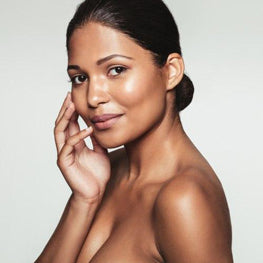






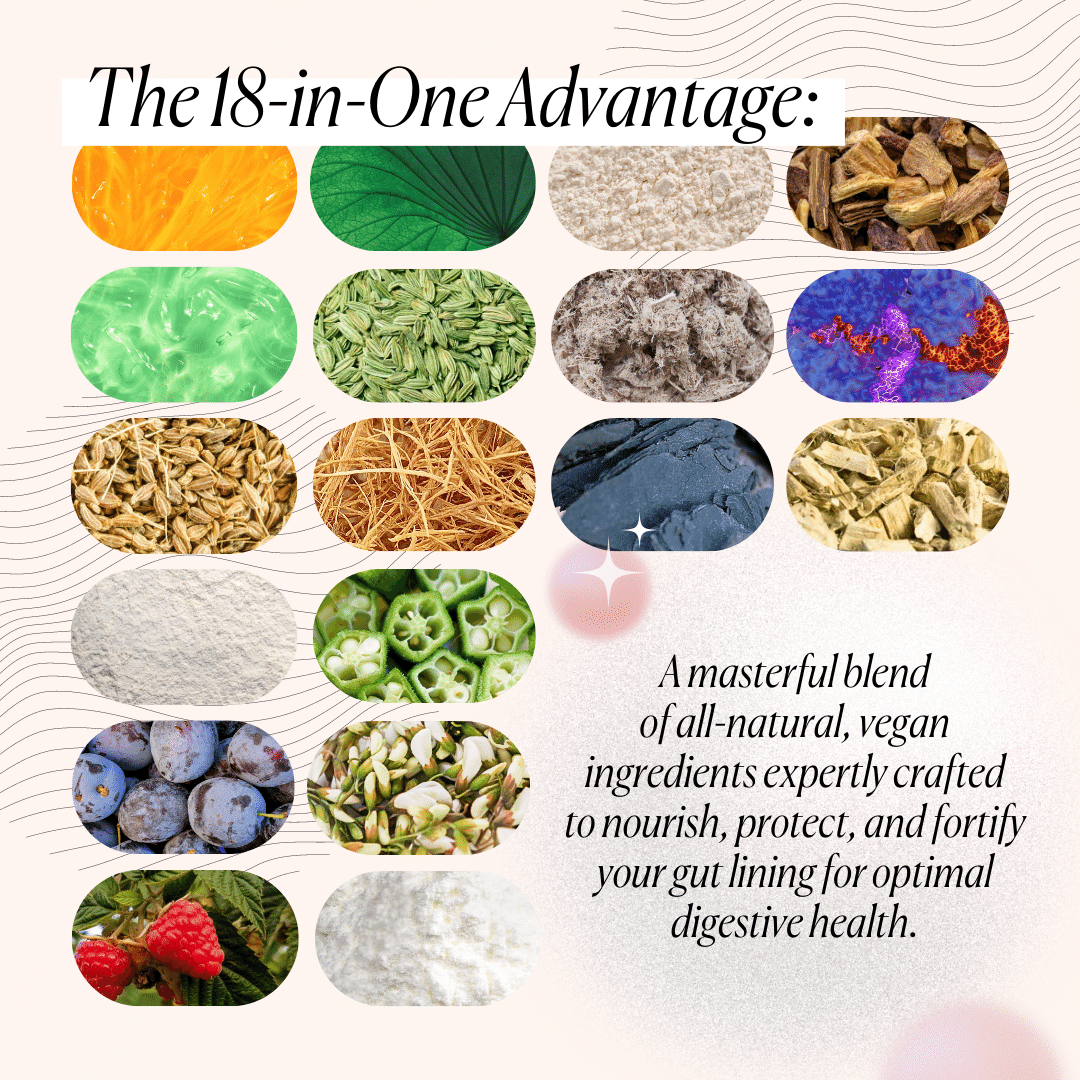

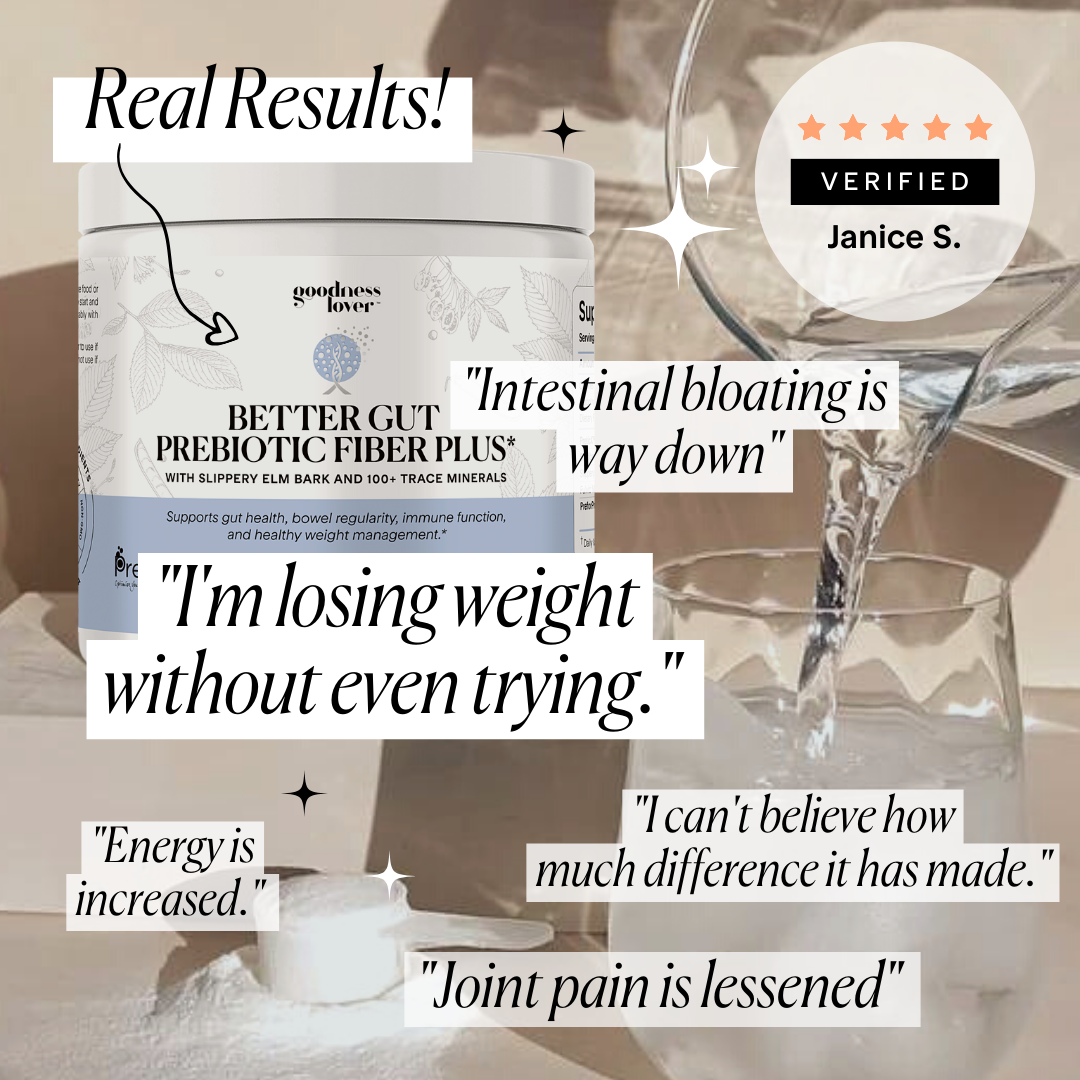
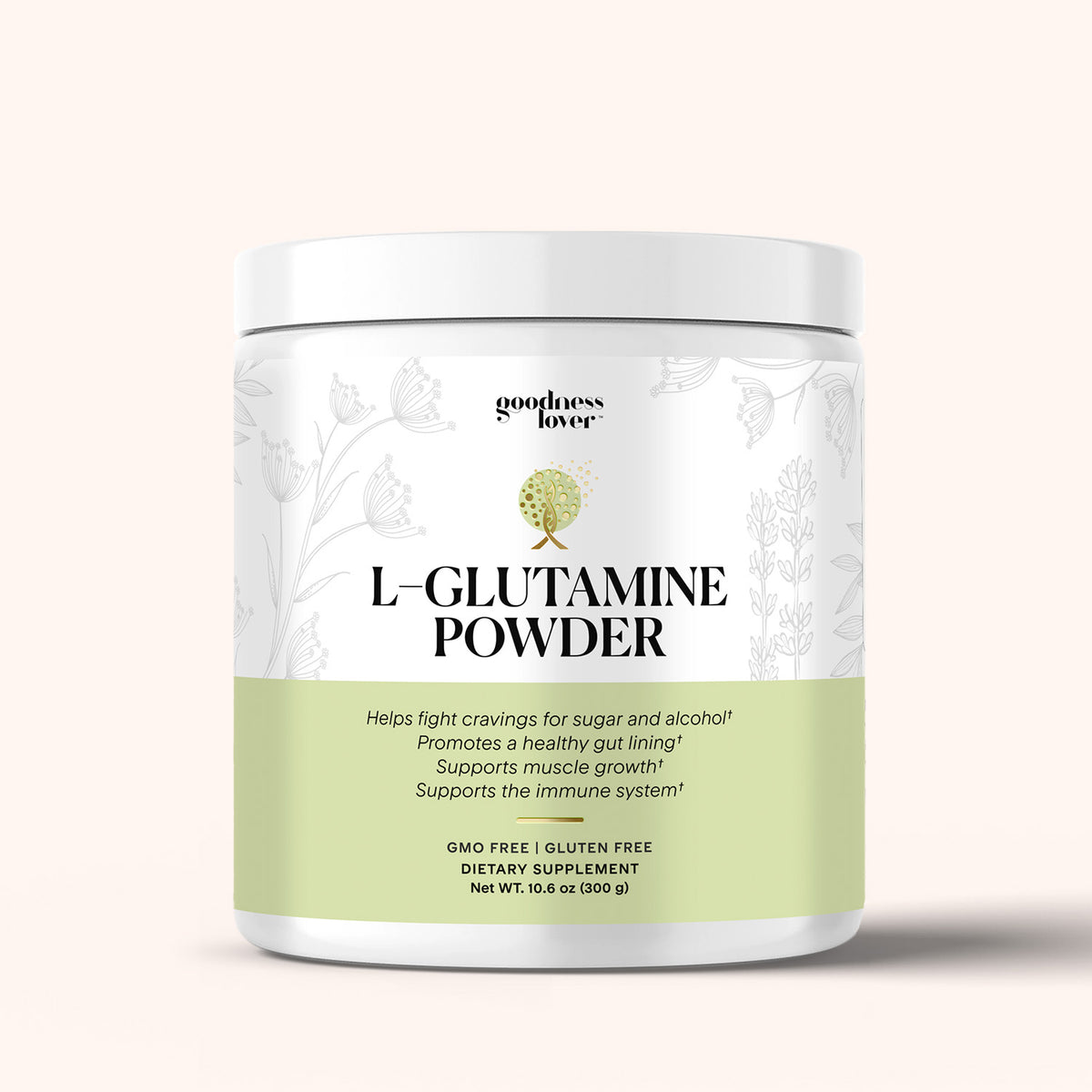
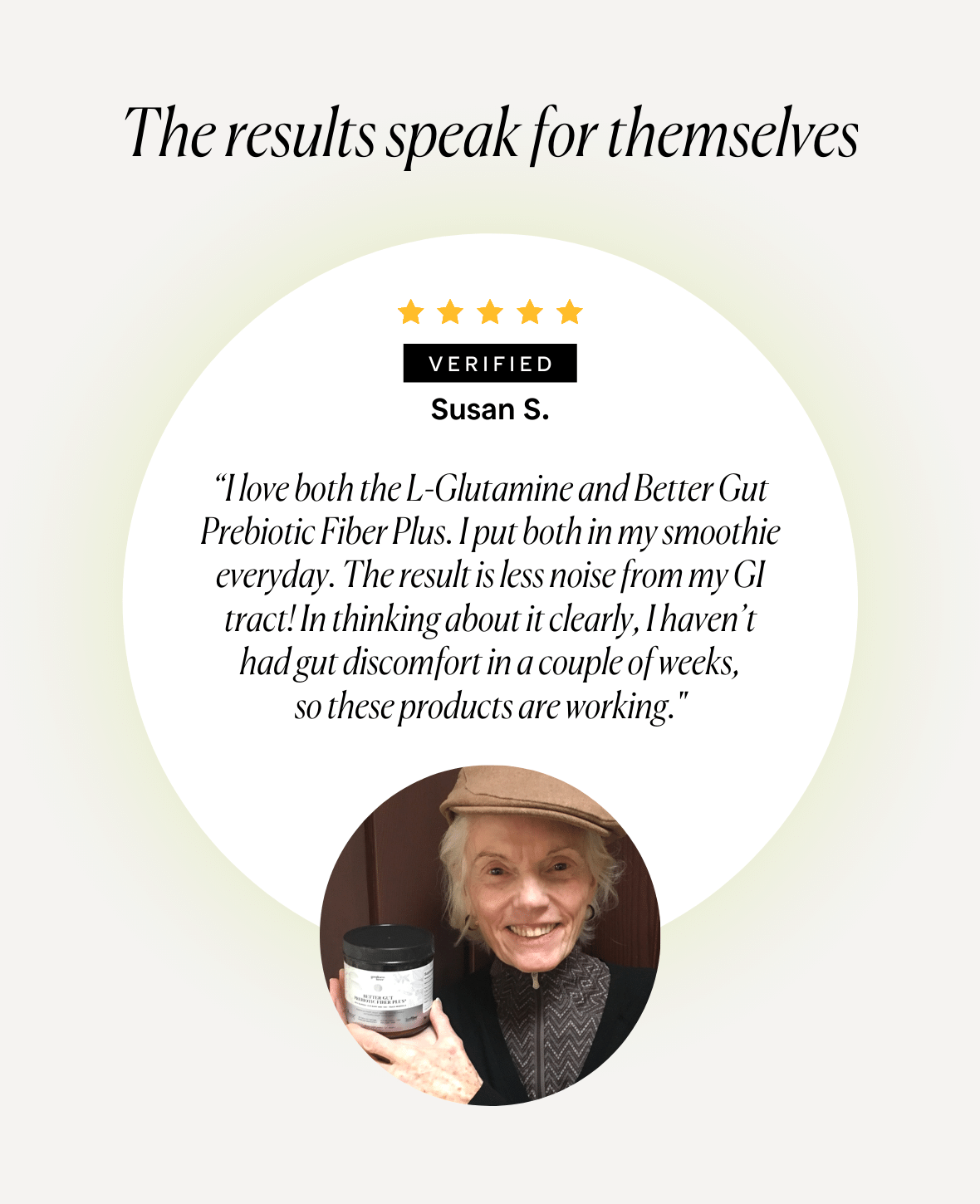

What Do You Think? Comment Below: